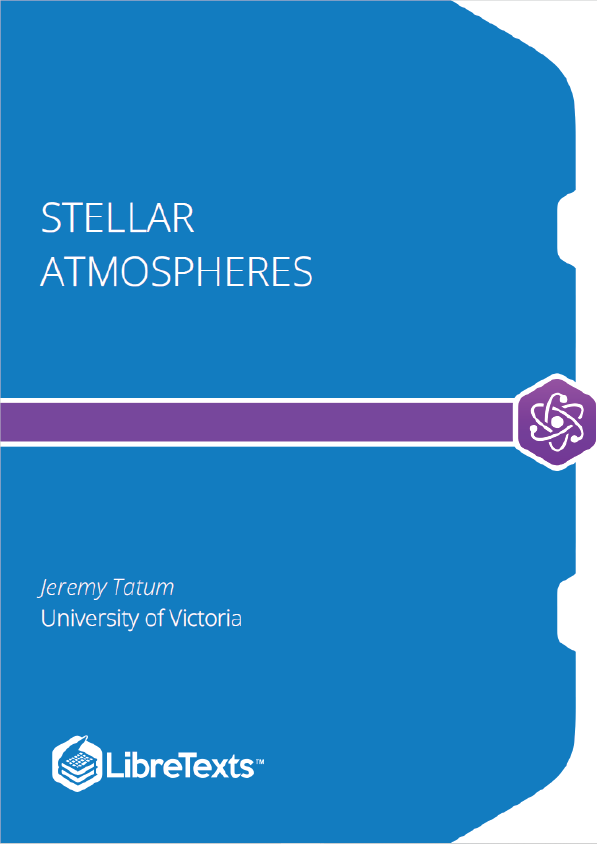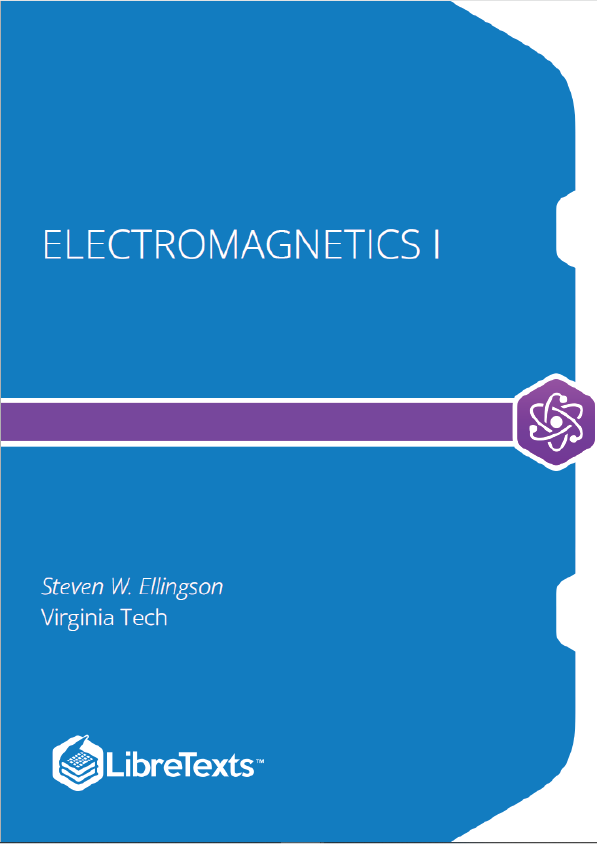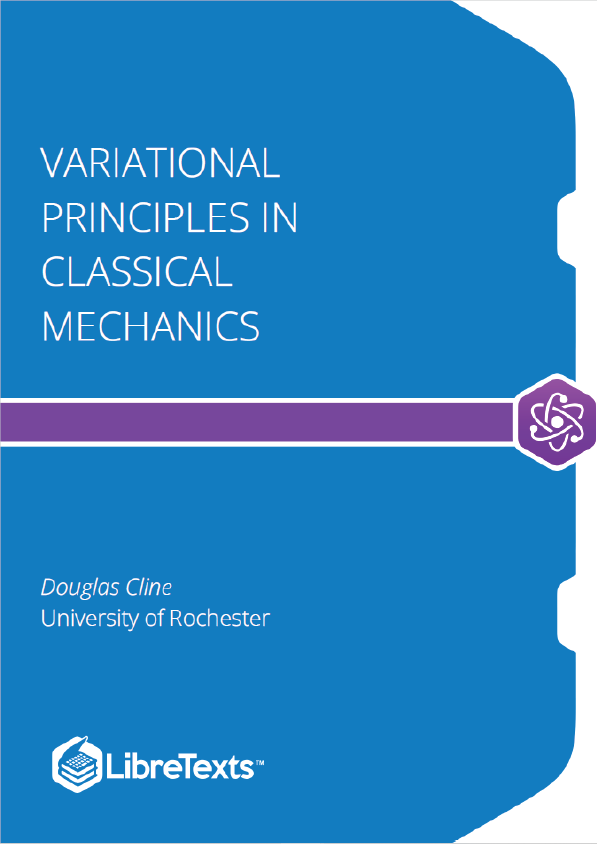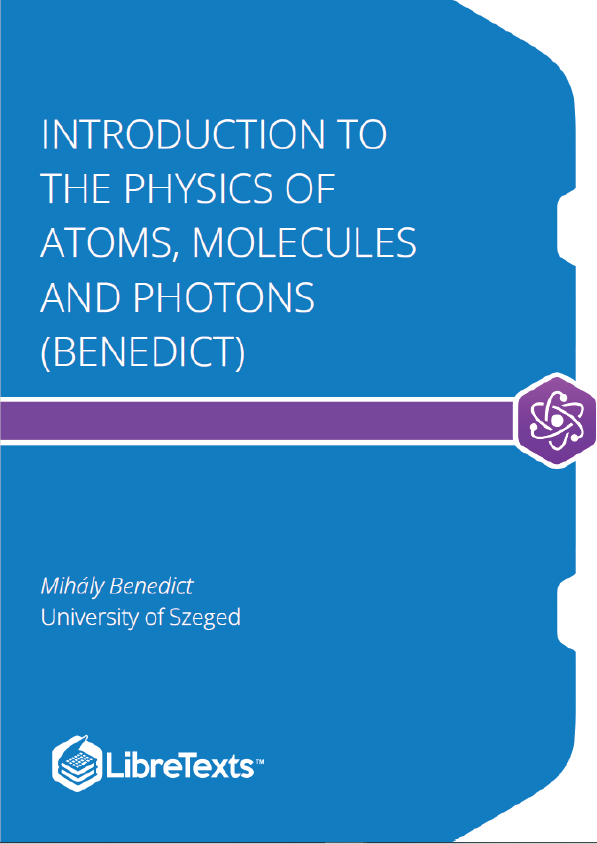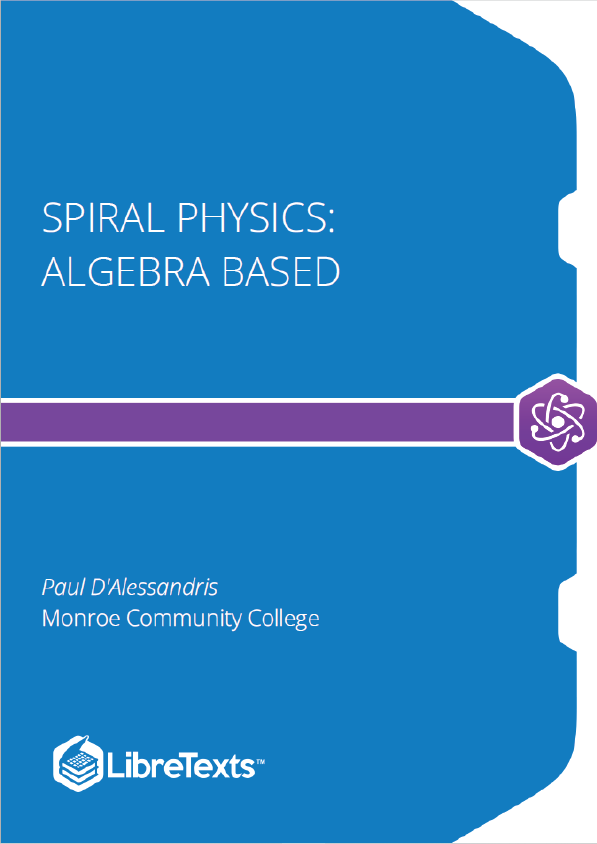Introduction to Radiation Theory
An understanding of any discipline must include a familiarity with and understanding of the words used within that discipline, and the theory of radiation is no exception. The theory of radiation includes such words as radiant flux, intensity, irradiance, radiance, exitance, source function and several others, and it is necessary to understand the meanings of these quantities and the relations between them. The meanings of most of the more commonly encountered quantities and the symbols recommended to represent them have been agreed upon and standardized by a number of bodies, including the International Union of Pure and Applied Physics, the International Commission on Radiation Units and Measurement, the American Illuminating Engineering Society, the Royal Society of London and the International Standards Organization. It is rather unfortunate that many astronomers appear not to follow these conventions, and frequent usages of words such as “flux” and “intensity”, and the symbols and units used for them, are found in astronomical literature that differ substantially from usage that is standard in most other disciplines within the physical sciences.
Radiant Flux or Radiant Power, ϕ ϕ or P
This is simply the rate at which energy is radiated from a source, in watts. It is particularly unfortunate that, even with this most fundamental of concepts, astronomical usage is often different. When describing the radiant power of stars, it is customary for astronomers to use the word luminosity, and the symbol In standard usage, the symbol is generally used for the quantity known as radiance, while in astronomical custom, the word “flux” has yet a different meaning. Particle physicists use the word “luminosity” in yet another quite different sense.
The same applies to quantities that are weighted according to wavelength-dependent instrumental sensitivities and filters to define a luminous flux, which is weighted according to the photopic wavelength sensitivity of a defined standard human eye. The unit of luminous flux is the lumen. The number of lumens in a watt of monochromatic radiation depends on the wavelength (it is zero outside the range of sensitivity of the eye!), and for heterochromatic radiation the conversion between lumens and watts requires some careful computation. The number of lumens generated by a lightbulb per watt of power input is called the luminous efficiency of the lightbulb. This may seem at first to be a topic of very remote interest, if any, to astronomers, but those who would observe the faintest and most distant galaxies may well at some time in their careers have occasion to discuss the luminous efficiencies of lighting fixtures in the constant struggle against light pollution of the skies.
The topic of lumens versus watts is a complex and specialist one, and we do not discuss it further here, except for one brief remark. When dealing with visible radiation weighted according to the wavelength sensitivity of the eye, instead of the terms radiant flux, radiant intensity, irradiance and radiance, the corresponding terms that are used become luminous flux (expressed in lumens rather than watts), luminous intensity, illuminance and luminance.
Radiant Intensity, I
Not all bodies radiate isotropically, and a word is needed to describe how much energy is radiated in different directions. One can imagine, for example, that a rapidly-rotating star might be nonspherical in shape, and will not radiate isotropically. The intensity of a source towards a particular direction specified by spherical coordinates ( , ) is the radiant flux radiated per unit solid angle in that direction. It is expressed in , and the standard symbol is . In astronomical custom, the word “intensity” and the symbol are commonly used to describe a very different concept, to which we shall return later. When dealing with visible radiation, we use the phrase luminous intensity rather than radiant intensity, and the unit is a lumen per steradian, or a candela. At one time, the standard of luminous intensity was taken to be that of a candle of defined design, though the present-day candela (which is one of the fundamental units of the SI system of units) has a different and more precise definition, to be described in section 1.12. The candela and the old standard candle are of roughly the same luminous intensity.
